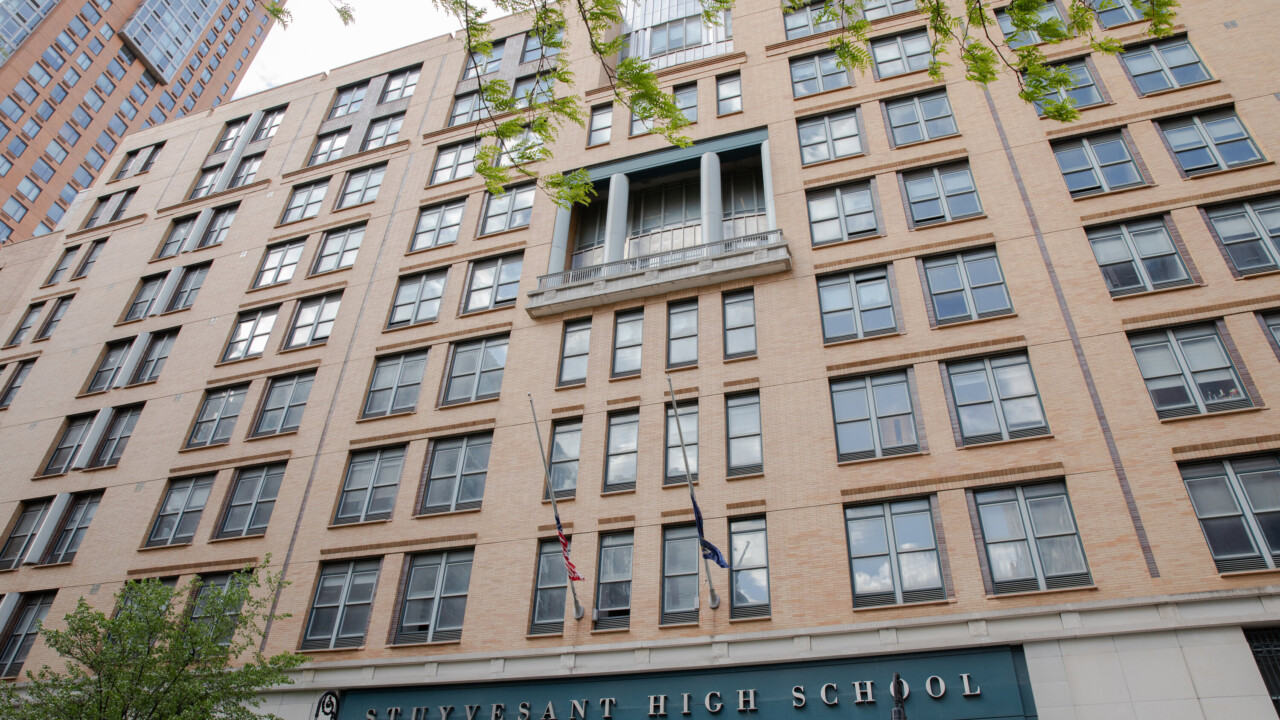New York, June 29 — New York City’s specialized public high schools — long seen as beacons of academic excellence amid a faltering education system — may be on the verge of a seismic shift. Democratic mayoral frontrunner Zohran Mamdani, a Bronx Science alumnus and self-described democratic socialist, has called for the elimination of the Specialized High School Admissions Test (SHSAT) — the single metric used to determine admission to eight of the city’s most prestigious public high schools.

Mamdani’s education platform, rooted in equity and desegregation, has sparked intense debate across New York and the country. With the SHSAT serving as the only path to elite schools such as Stuyvesant High School and Bronx High School of Science, the proposal raises critical questions about access, fairness, and academic standards in one of the nation’s largest and most complex school systems.
A Test Under Fire — and in Defense
The SHSAT has long been both praised as a meritocratic tool and criticized for its role in maintaining racial disparities. While the test has opened doors for thousands of hardworking, low-income students — particularly from immigrant and Asian American communities — it has also drawn scrutiny for disproportionately low Black and Latino enrollment.
In 2023, for example, over 66% of Stuyvesant’s student body was Asian, even though Asian students also have the lowest median family income among racial groups in NYC. Critics like Mamdani argue this disparity points to a system that favors those with access to test prep and reinforces educational segregation.
“I support measures to integrate our public schools and fully fund our education system, including the abolition of the SHSAT,” Mamdani told Reason.
The Stakes for Low-Income, High-Achieving Students
Supporters of the SHSAT argue it’s one of the few remaining objective measures of talent and academic readiness, especially for students from underprivileged neighborhoods. Approximately half of the students at Bronx Science qualify as economically disadvantaged, underscoring the SHSAT’s potential as a tool for upward mobility.
Eliminating the test, they warn, could backfire — especially if no robust alternative is in place. Without a clear, merit-based pathway, low-income students might lose access to schools that offer them an academically rigorous environment and broader college opportunities.
Mamdani’s Plan and the Bigger Picture
Mamdani’s stance is in line with recommendations from the 2019 School Diversity Advisory Group, which advocated for ending gifted and talented programs and halting the creation of new selective schools. His broader education reform agenda includes full funding for public schools and curriculum changes focused on equity.
This proposal is one of the most consequential in recent memory, and if Mamdani wins the mayoralty, it could reshape NYC’s public education landscape. It also feeds into a larger national debate about balancing excellence, diversity, and access in public schools — one playing out in major cities across the U.S.
Public Response and Political Silence
While Mamdani’s camp argues that test-based admissions perpetuate systemic inequality, critics — including educators, alumni groups, and policy experts — say the SHSAT isn’t the problem, but rather a symptom of broader issues like underfunded elementary and middle schools in marginalized communities.
As of now, Mamdani’s campaign is pushing forward without a detailed replacement plan for SHSAT admissions. Meanwhile, no official statement has been released by his Democratic opponents or the city’s Department of Education.
What’s Next?
The controversy underscores the high stakes of this year’s mayoral race. With New York’s specialized high schools seen as rare success stories, dismantling the SHSAT could signal a dramatic departure from long-held education values in favor of a new equity-first framework.
For now, students, parents, and educators are left in uncertainty, watching closely as Mamdani’s campaign — and its implications for merit-based education — gains momentum.